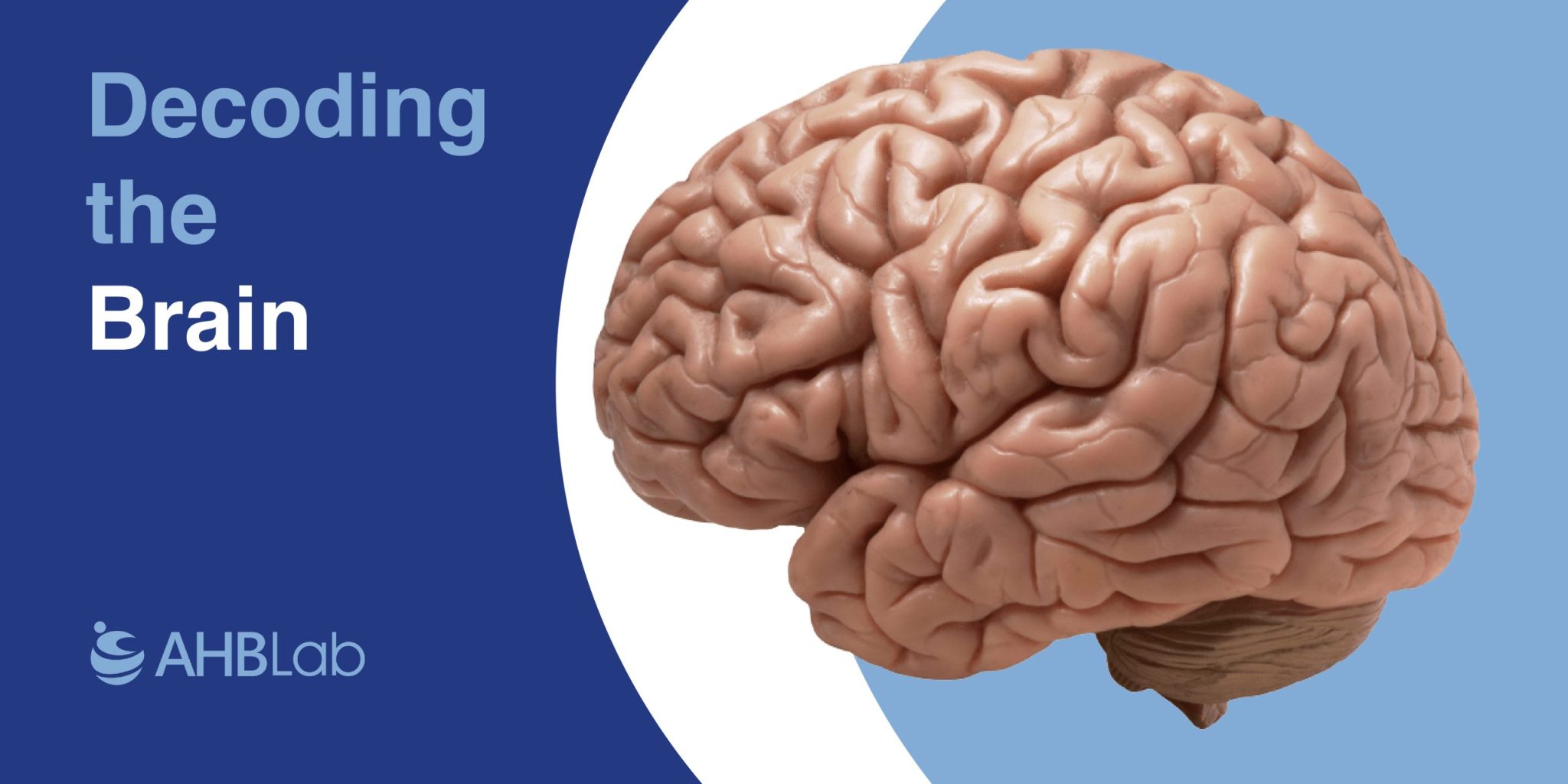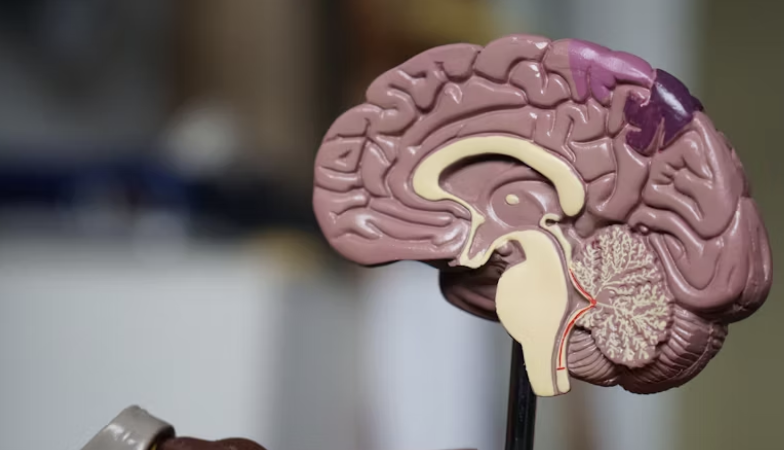Understanding Neurodevelopmental and Psychiatric Disorders
Neurodevelopmental conditions such as autism and mental illnesses like schizophrenia and bipolar disorder are prevalent yet complex. The intricate nature of the human brain and the variety of clinical symptoms make it challenging to understand the underlying mechanisms of these disorders. This complexity hinders efforts to pinpoint genetic and environmental causes and develop effective treatments.
In 2015, the PsychENCODE Consortium was established as a multi-institutional collaboration aiming to uncover the genomic and epigenomic foundations of neuropsychiatric diseases using postmortem human brains. This initiative, supported by the National Institutes of Health (NIH), strives to create a comprehensive public resource of genomic data from both healthy and affected brains, reflecting various developmental stages.
Early Findings and Recent Advances
The first significant results of the PsychENCODE project were published in 2018, providing groundbreaking insights into the molecular architecture of the brain. These findings highlighted the intricate behaviors of genes and non-coding genetic material in both healthy brains and those affected by conditions such as schizophrenia, bipolar disorder, and autism spectrum disorder.
Building on this early work, a new collection of studies published in Science, Science Translational Medicine, and Science Advances leverages recent advancements in single-cell technology and multi-omic analysis. Researchers have examined human brains from various ages and developmental stages to elucidate cellular processes involved in early-life development and to identify alterations associated with neuropsychiatric conditions (PsychENCODE) (Nature).
Unveiling the Cellular and Molecular Mechanisms
The PsychENCODE researchers employed a variety of methods to characterize brain samples at the single-cell level. These methods include examining the genome, epigenome, transcriptome, and splicing patterns. Such comprehensive analysis has revealed detailed insights into the regulation of brain development and function in both healthy and disease states.
For instance, the analysis identified two critical periods of genetic upheaval: early prenatal development and adolescence. These periods are marked by significant changes in gene activity linked to psychiatric disorders, suggesting that these are times when crucial genetic behaviors may go awry (Science News). Additionally, the research highlighted the role of non-coding regions in the genome, which are thought to differ in people with psychiatric diseases. Linking these genetic hotspots to specific genes could potentially predict an individual’s risk for these disorders based on their genomic makeup.
The Role of Organoids in Research
One of the innovative approaches used in PsychENCODE research involves brain organoids, which are clumps of neural tissue grown in vitro from human pluripotent cells. These organoids mimic early stages of brain development and have proven to be valuable in understanding the molecular mechanisms underlying neuropsychiatric disorders. By comparing gene activity in organoids with that in actual brain cells, researchers found significant similarities, particularly in early development stages. This suggests that organoids can serve as effective models for studying diseases that begin early in brain development.
Collaboration and Future Directions
The PsychENCODE Consortium includes prestigious institutions such as Duke University, Johns Hopkins University, and Yale University, among others. This collaborative effort has generated a massive collection of data, which is publicly available for other researchers to access and build upon. The ongoing research aims to continue unraveling the complex genetic networks associated with mental illnesses, with the hope of developing targeted treatments in the future.
The consortium’s work is ongoing, and while significant progress has been made, researchers like Columbia University’s Jeffrey Lieberman note that the ultimate impact of these findings remains to be seen. The goal is to produce results that could revolutionize our understanding and treatment of neuropsychiatric disorders.
In summary, the PsychENCODE Consortium’s efforts represent a monumental step forward in decoding the brain’s molecular and genetic underpinnings. By leveraging cutting-edge technologies and collaborative research, this initiative is paving the way for breakthroughs in diagnosing and treating some of the most challenging psychiatric conditions.
Comprehensive Data Analysis and Public Accessibility
The data amassed by the PsychENCODE Consortium offers an unprecedented resource for the scientific community. This extensive dataset includes various omics data—genomic, epigenomic, transcriptomic, and proteomic—from over 1,000 postmortem brains. These brains represent both neurotypical individuals and those diagnosed with neuropsychiatric conditions such as autism spectrum disorder (ASD), schizophrenia, and bipolar disorder. By making this data publicly accessible, the consortium facilitates further research and collaboration aimed at uncovering new insights into brain function and disease.
Single-Cell Technology and Multi-Omic Analysis
One of the key advancements utilized by the consortium is single-cell RNA sequencing (scRNA-seq), which allows researchers to examine gene expression at the resolution of individual cells. This technique is particularly valuable for studying the brain, which comprises a vast array of cell types each with distinct functions and gene expression profiles. By applying scRNA-seq, the researchers could identify cell type-specific gene expression patterns and how these patterns differ in neuropsychiatric conditions.
Moreover, multi-omic analysis integrates data from various biological layers—DNA, RNA, proteins, and epigenetic modifications—to provide a holistic view of cellular function. This comprehensive approach enables the identification of complex regulatory networks and pathways that might be disrupted in mental illnesses. For instance, the integration of chromatin accessibility data with transcriptomic data has revealed how changes in chromatin structure can influence gene expression in the context of psychiatric disorders.
Insights into Brain Development and Disease
The findings from PsychENCODE’s research highlight significant periods in brain development when genetic and epigenetic alterations are particularly impactful. During early prenatal development and adolescence, the brain undergoes extensive remodeling, which is critical for normal cognitive and behavioral functions. Disruptions in these processes can lead to neurodevelopmental and psychiatric disorders.
For example, the studies have shown that genes associated with autism and schizophrenia are highly active during early brain development. These genes play roles in processes such as synapse formation, neuronal migration, and network connectivity. By understanding when and how these genes are regulated, scientists can better understand the origins of these disorders and identify potential intervention points.
Future Directions and Therapeutic Potential
The insights gained from PsychENCODE have significant implications for developing new therapeutic strategies. By pinpointing specific genetic and epigenetic factors involved in neuropsychiatric conditions, researchers can explore targeted treatments that address the underlying causes of these disorders rather than merely alleviating symptoms. This precision medicine approach holds promise for more effective and personalized interventions.
Furthermore, the use of brain organoids—lab-grown mini-brains derived from stem cells—provides a powerful tool for modeling human brain development and disease in a controlled environment. These organoids replicate many aspects of early brain development and can be used to study the effects of genetic mutations and environmental factors on neuronal function. This could lead to the identification of novel drug targets and the testing of new treatments in a human-relevant context.
Conclusion: A New Era in Neuropsychiatric Research
The PsychENCODE Consortium represents a monumental collaborative effort to unravel the complex genetic and epigenetic landscapes of the human brain. Through cutting-edge technologies and extensive data sharing, the consortium has provided invaluable resources and insights that are driving the field of neuropsychiatric research forward.
As scientists continue to explore the rich datasets provided by PsychENCODE, the potential for breakthroughs in understanding and treating mental illnesses grows. This collaborative approach not only enhances our knowledge of the brain but also brings hope for better diagnostic tools and more effective therapies for individuals affected by these challenging conditions.
By fostering an environment of open data and collaborative research, the PsychENCODE Consortium is paving the way for a new era in neuroscience, one where the mysteries of the brain are increasingly accessible and solvable, leading to improved mental health outcomes for all.
At AHB Lab, we’re not just leaders in peptide synthesis; we’re at the heart of pioneering biotechnology exploration. Our focus extends beyond mastering peptide production to driving innovation across the biotech landscape. By aligning with the latest scientific research and technological advancements, such as the groundbreaking insights from the PsychENCODE Consortium on neuropsychiatric disorders, we are dedicated to uncovering molecular mysteries and developing revolutionary health solutions. AHB Lab is committed to spearheading developments that enhance our understanding of peptides, paving the way for innovative biotech applications. Join us as we forge new paths in science and shape the future of biotechnology with our unwavering commitment to excellence and innovation.






